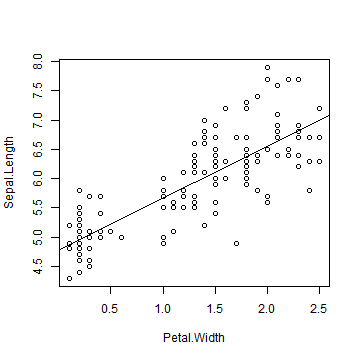At the end of the project, students will be able to:
1. Plan a project including both time and monetary resources
2. Implement and describe a project lifecycle from concept to delivery
3. Demonstrate integration of technical knowledge towards solving a real problem
4. Understand and describe a project in the context of an industiral background
5. Show ability to work as a team and describe effective team working strategies
6. Apply a systems based approach to solve a complicated electronic problem
- Module Supervisor: John Woods
The module provides an introduction to the principal research tools for the students on postgraduate courses in Mathematical Sciences, including practice in the mathematical word-processing language LaTeX.
Syllabus:
Sources of information Library, Reading papers, Periodicals, ResearchIndex, Google Scholar, Wikipedia; ntroduction to \LaTeX/Overleaf (Crimson Editor, Brackets, Sections, Spacing, Fonts, Equations, Left and Right brackets, Tables, Matrices, Symbols, Styles); Essays, dissertations, papers and theses. (Structure, References, Presentation, Plagiarism)

The module provides an introduction to the principal research tools for the students on postgraduate courses in Mathematical Sciences, including practice in the mathematical word-processing language LaTeX.
Syllabus:
Sources of information Library, Reading papers, Periodicals, ResearchIndex, Google Scholar; Introduction to \LaTeX/Overleaf (Crimson Editor, Brackets, Sections, Spacing, Fonts, Equations, Left and Right brackets, Tables, Matrices, Symbols, Styles); Essays, dissertations, papers and theses. (Structure, References, Presentation, Plagiarism)
The Advanced Capstone projects are opportunities for students to study independently a topic in Mathematics, Statistics and related areas (Mathematical Physics, Data Science, Modelling and so on) and develop skills such as writing reports and giving presentations. The student will be monitored by a supervisor, who will periodically set tasks and discuss the progress of the work. The key purpose of Advanced Capstone projects is that students should be given the opportunity to show their strengths by allowed a certain amount of freedom and leeway how they do the project. It will also provide opportunities for students to develop transferable communication and time- and task-management skills, through researching the topic and organising and producing the written and oral reports. The level and amount of material for the 30-credit Advanced Capstone project module should approximately correspond to two standard 15 credit taught modules. Students are expected to perform work on this project equivalent to one 15 credit module in each term (Autumn and Spring).
Aims
The principal aim of the project is to enable a student to gain experience of some branch of pure and applied mathematics, mathematical physics, statistics and operational research, data science and analytics, actuarial science or the interface of these disciplines with other fields, that the student would not meet in any lecture course. Subsidiary aims are that the student should gain experience of individual work (or a work in groups if applicable) involving research concerning some previously unknown topic, the production of a project report and an oral examination.
Learning Outcomes
On completion of this module, students should be able to
a) Search independently through various sources; link together various expositions of the topic;
b) understand how mathematical ideas, concepts and methods can be used in a specific area;
c) think critically and creatively from a mathematical perspective;
d) Produce a critical assessment of the sources;
e) Produce a final report at Masters level, written in an appropriate language, and present their work with confidence.
Syllabus
1. Introduction of project topics with detailed project briefs.
2. Research Skills training, such as finding and evaluating scientific resources, referencing, LaTeX and other software relevant to the project.
3. Independent research (individually and/or in teams). Each student is expected to explore a specific aspect of the research topic. The supervisor (first marker) is expected to provide feedback and guidance.
4. Individual final project report.
5. Feedback & Questioning meeting with supervisor (first marker) and assessor (second marker).

Students will be provided with a list of dissertation titles or topics proposed by members of staff. It may also be possible to propose a topic of your own, provided a member of staff agrees it is of a suitable standard and is able to supervise it. We hope there will be a mechanism for expressing preferences about which topic to do, and that this will be reflected in the allocation of topics to candidates. However, it must be pointed out that the exact nature of the procedure cannot be guaranteed because of staff numbers and availability, staff interests etc.
- Module Supervisor: Vasileios Giagos

